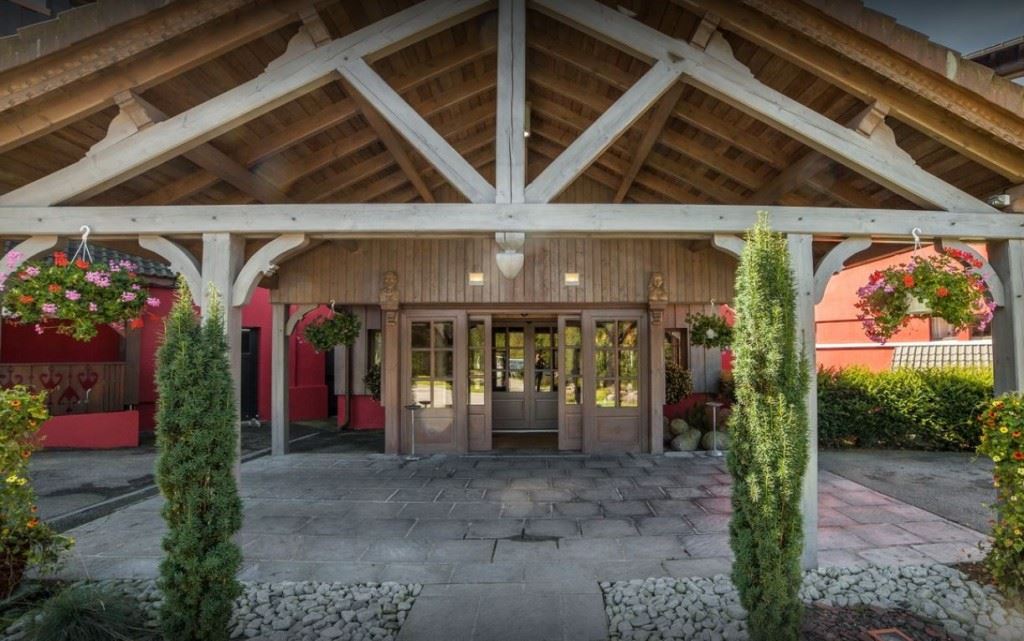Haut-Rhin
WELCOME TO Haut-Rhin
Entry Into Department
Mulhouse
3,525 km2
768,261
French
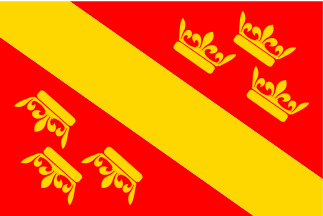
Popular
Geography and Tourist Attractions
Information about the canton's tourist attractions, including popular destinations, events, and activities.
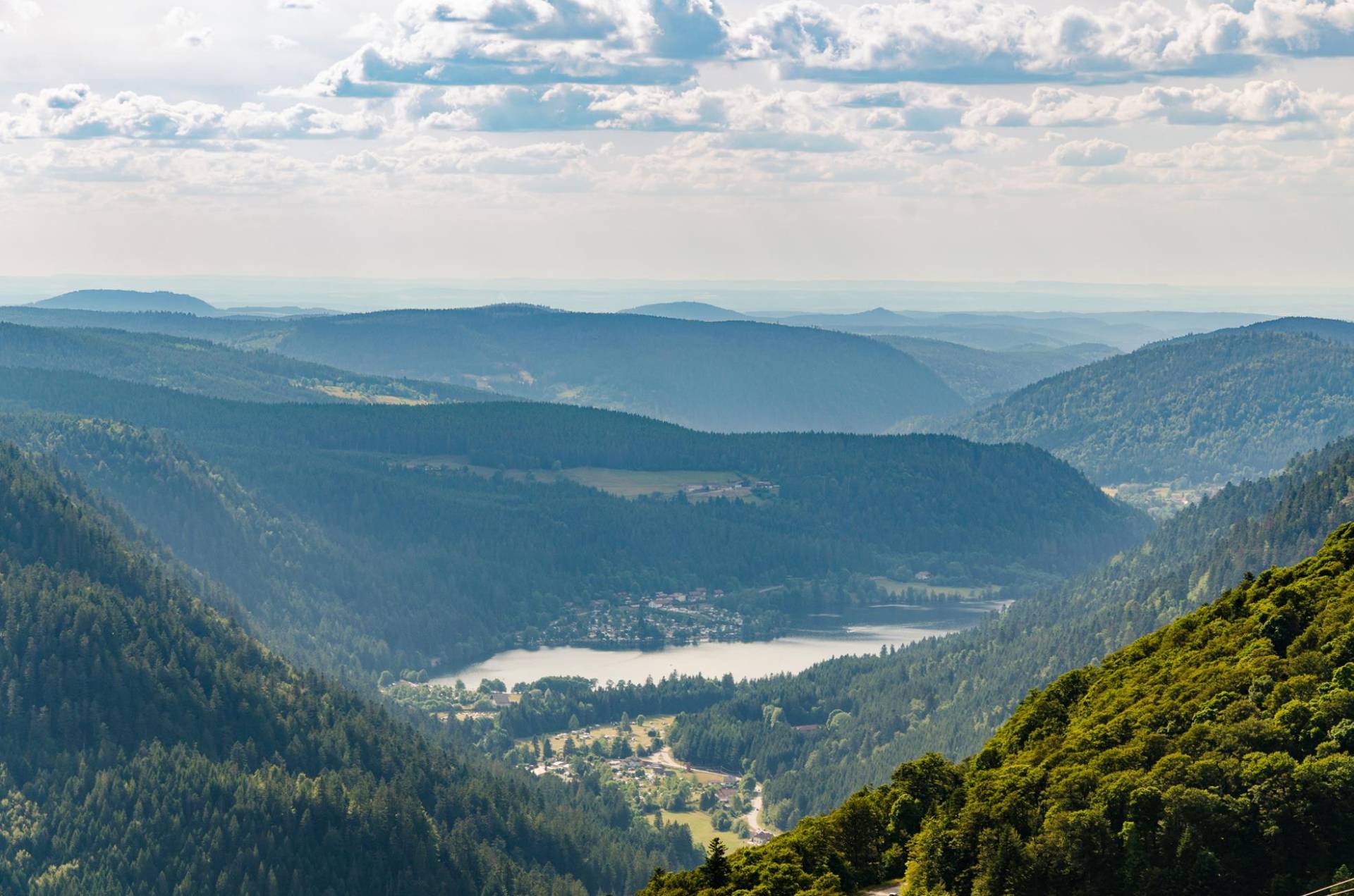
The Vosges Mountains

The Alsace Wine Route
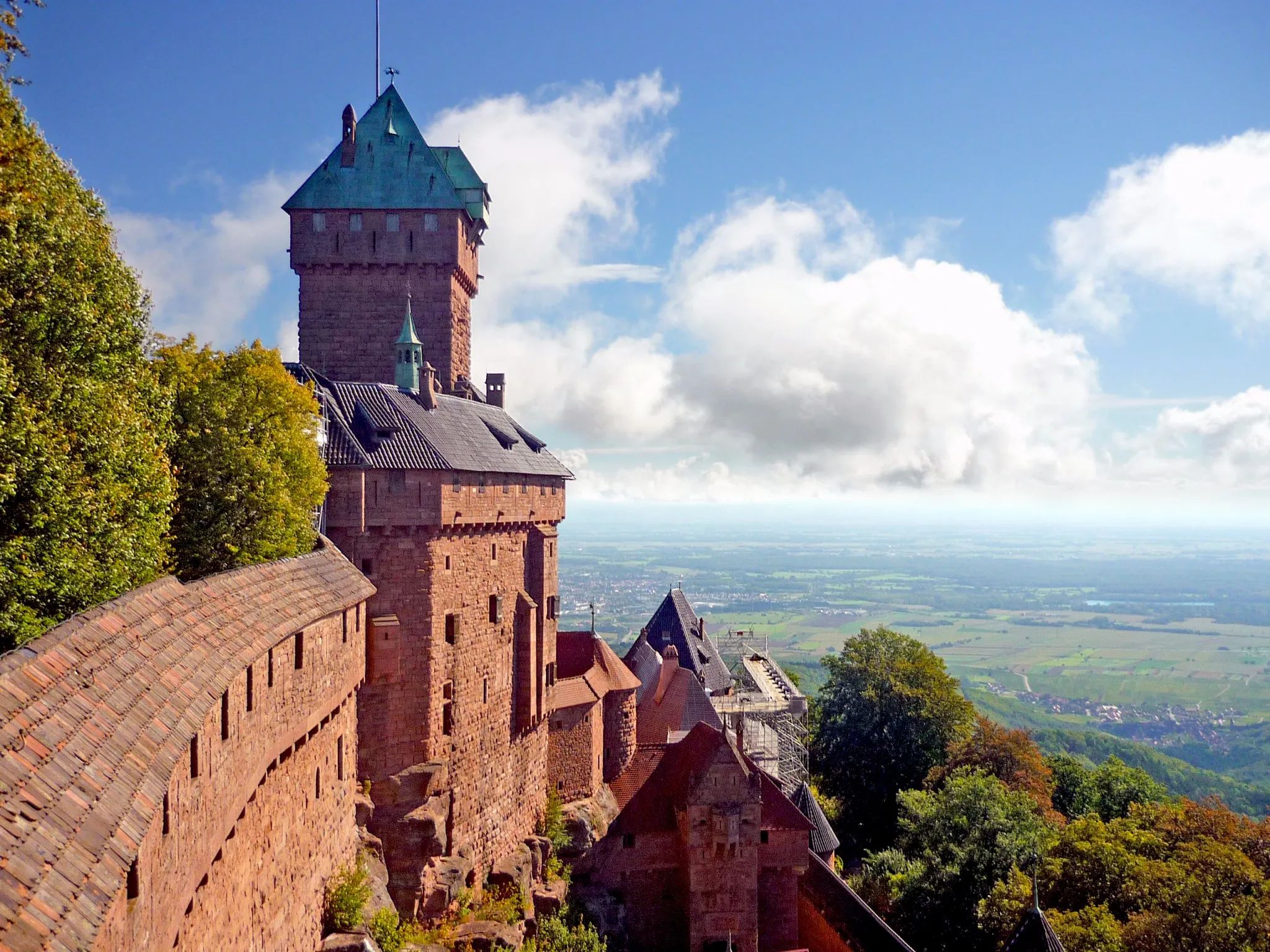
The Haut-Koenigsbourg Castle
Political
Economy and Government
Haut-Rhin is a department in the Grand Est region of France. The economy of Haut-Rhin is characterized by a mix of traditional and modern industries. Agriculture, particularly wine-making, is a significant sector in the region. Additionally, manufacturing industries such as textiles, machinery, and chemicals, contribute significantly to the economy. The department is also known for its tourism industry, with attractions such as the Alsace Wine Route, the Vosges mountains, and historic towns like Colmar and Mulhouse.
The government of Haut-Rhin is structured similarly to other departments in France. It is led by a Prefect who represents the French central government and oversees the day-to-day administration of the department. The department also has a locally elected council, the Conseil départemental, which is responsible for setting policy and managing local affairs.
In recent years, the government of Haut-Rhin has prioritized economic development and job creation. The department has implemented various initiatives to support businesses and entrepreneurs, such as providing funding and resources for small and medium-sized enterprises. The government has also invested in infrastructure projects, such as the construction of new industrial parks and the expansion of transportation networks, to attract more investment and support economic growth.
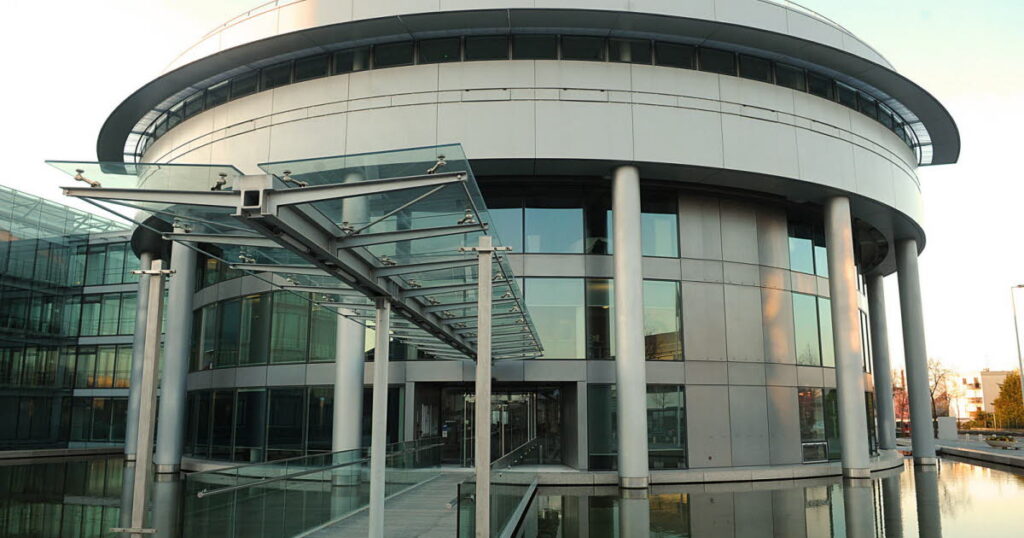
History
History and Culture
Haut-Rhin is a department in the Grand Est region of France with a rich history and culture. The region has a unique heritage and is well-known for its distinctive Alsatian culture.
The department was part of the Holy Roman Empire before being annexed by France in 1648. In the following centuries, it was alternately under German and French rule until becoming part of France permanently in 1918 after World War I. The region's unique history is reflected in its architecture, with buildings featuring both French and German influences.
The culture of Haut-Rhin is heavily influenced by its Alsatian roots, including its food, music, and language. Alsatian cuisine is a blend of French and German dishes, with specialties such as choucroute (sauerkraut) and flammekueche (a type of pizza). The region is also famous for its wine, particularly its Rieslings and Gewurztraminers.
Alsatian culture is also reflected in its traditional music and dances, such as the schottische and the polka. The region is also home to numerous museums and historical sites, including the Unterlinden Museum in Colmar, which features medieval and Renaissance art, and the Mulhouse Museum of Printed Textiles, which showcases the region's industrial history.
Overall, Haut-Rhin's rich history and unique cultural heritage make it a fascinating destination for visitors and a source of pride for its residents.
HOTELS
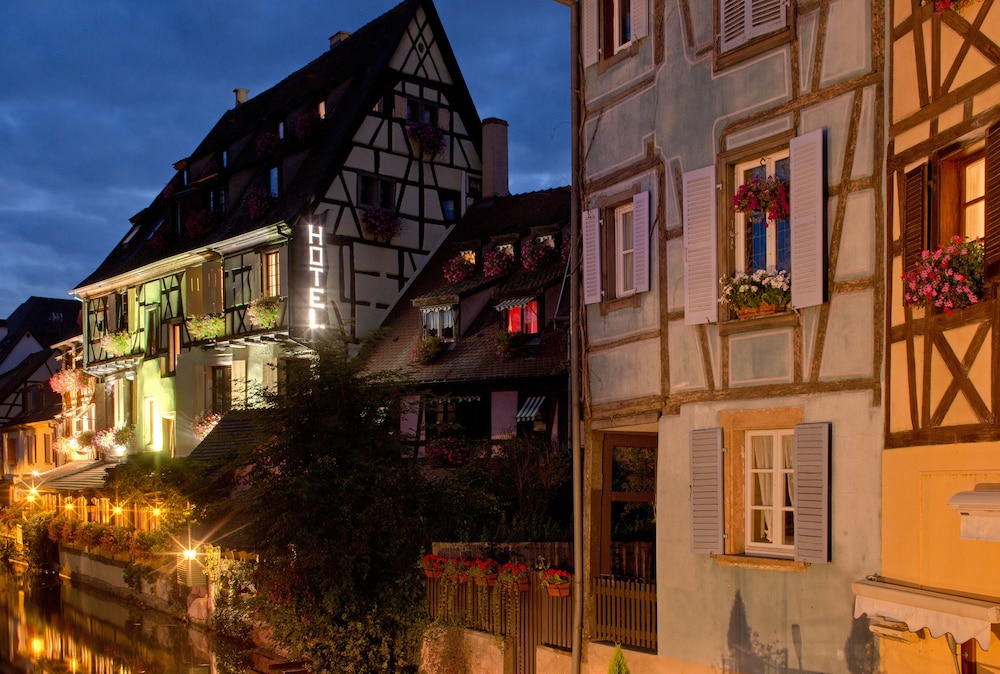
Hotel Le Maréchal
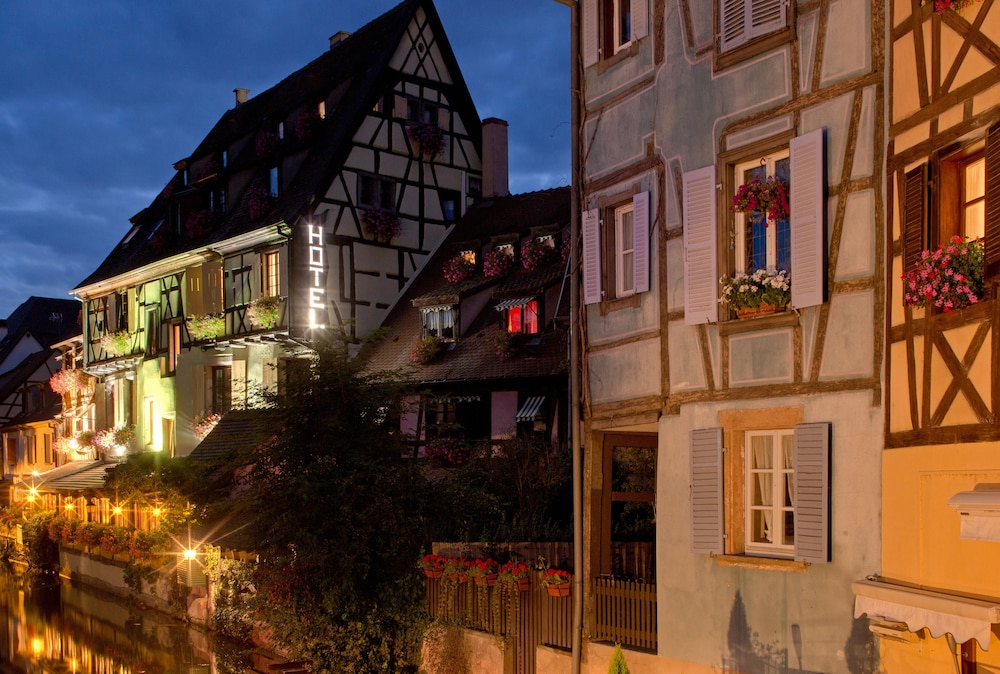
Château d'Isenbourg
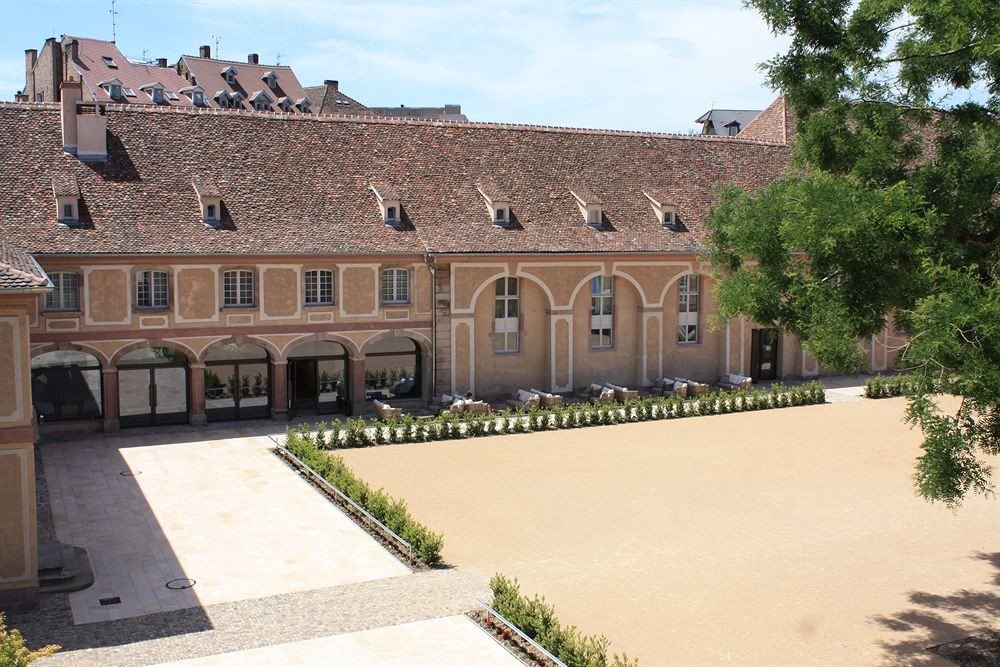
Hôtel Les Haras
RESTAURANTS
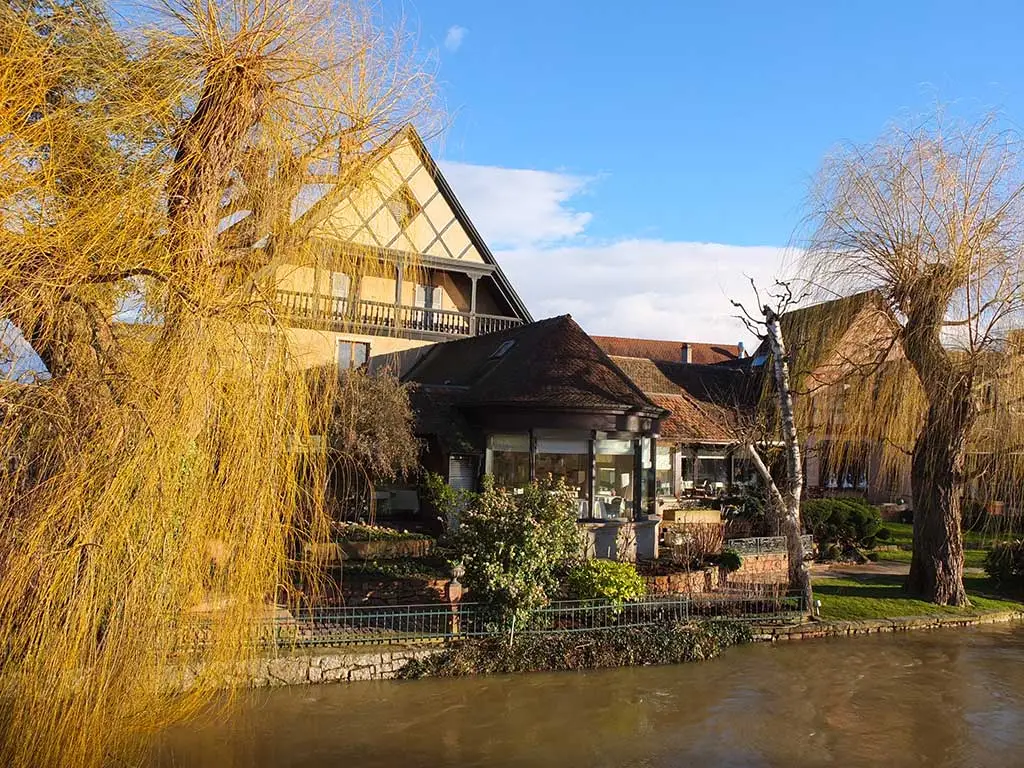
Auberge de l'Ill
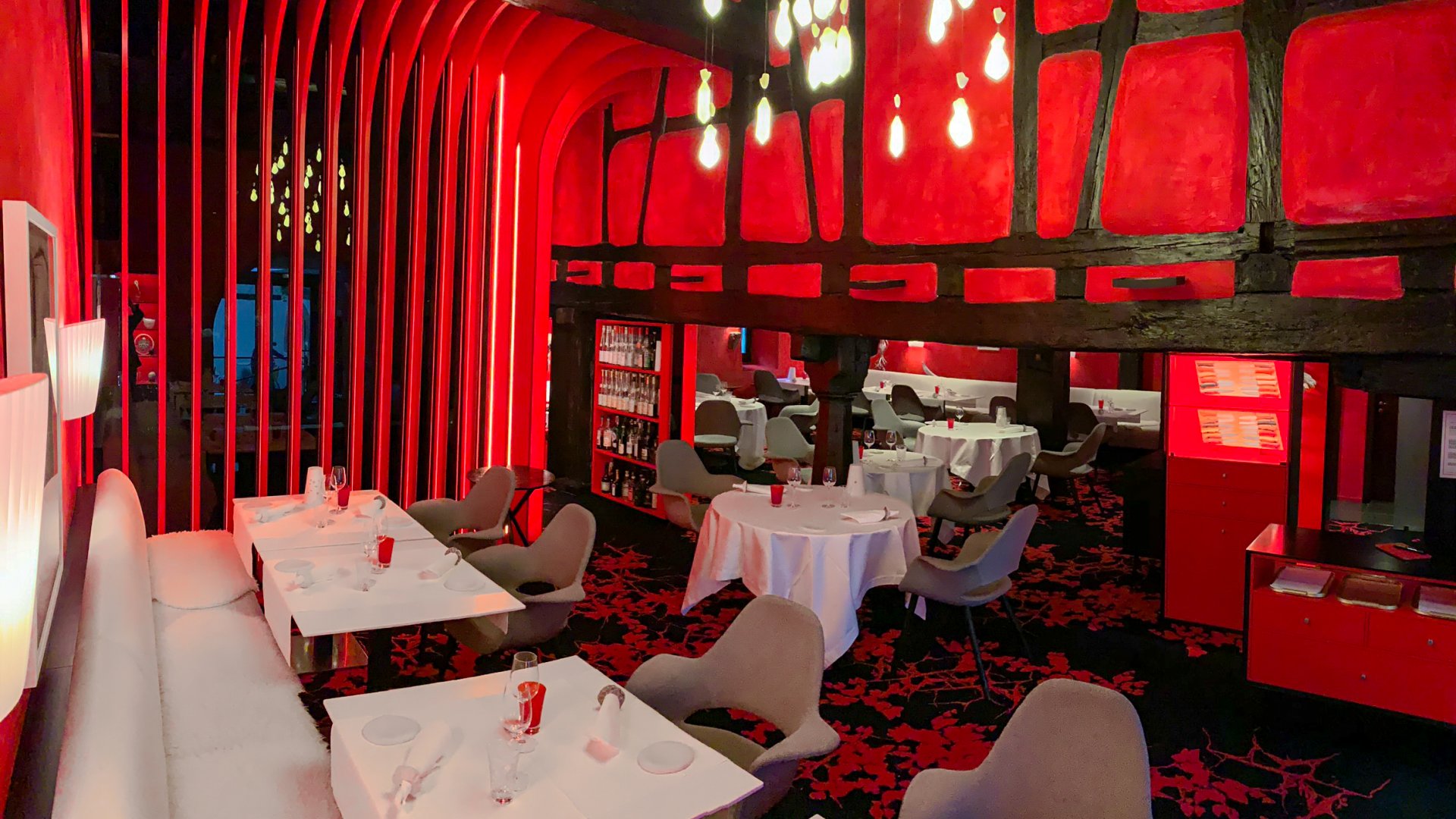
La Table du Gourmet
